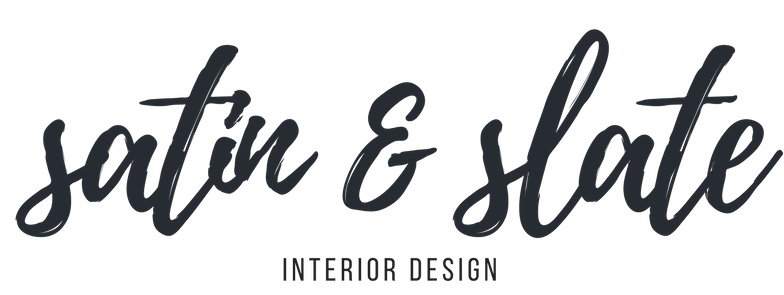Geometric shapes and patterns are a common design element in interior design. They can add visual interest, create balance and harmony, and bring a modern or contemporary feel to a space.
Here are some common forms of geometric shapes and patterns used in interior design:
- squares and rectangles
- circles
- triangles
- hexagons
- stripes
- zigzags
- checkerboard
- herringbone
Squares & Rectangles
In interior design, designers commonly use squares and rectangles as basic geometric shapes. Their simple and clean lines make them associated with a minimalist aesthetic. Additionally, they serve as building blocks for furniture and patterns on walls, floors and textiles.
Circles
Designers can use circles, a classic geometric shape, in various ways to add softness to a space and break up the rigidity of straight lines and angles. Lighting fixtures, mirrors, rugs and even furniture can feature circular forms. Designers can also incorporate circular shapes through patterned wallpaper, textiles and artwork.
Triangles
Another popular shape used in geometric design is triangles, which can create interesting patterns and textures. Equilateral triangles, when repeated, can add depth and dimension to a wall or floor surface. Triangles can also be used to create bold shapes and angles in furniture and decor, adding a dynamic and modern feel to a space.
Hexagons
Hexagons have become increasingly popular in interior design, as they offer a unique alternative to more traditional square or rectangular shapes. To add, they can be found in tiles, wallpaper, rugs and even furniture, creating interesting patterns that add visual texture to a minimalist space.
Stripes
Stripes are a popular geometric pattern in interior design, especially in minimalist and modern styles. They can add a sense of sophistication and elegance to a space, while also creating a visually interesting focal point. Besides, this classic pattern can be used in rugs, curtains and upholstery.
Zigzags
Zigzags are a type of geometric shape commonly used in interior design. They are characterized by a series of diagonal lines that move back and forth in a zigzag pattern. Also, zigzags can add visual interest and dynamic movement to a space, making them a popular choice for textiles such as rugs, cushions and drapery. They can also be used in wallpaper, tiles, and even as decorative accents on furniture pieces.
Checkerboard
In interior design, designers commonly use the checkerboard, a classic geometric pattern composed of alternating squares in contrasting colors. Besides, this pattern can create a visually interesting focal point while also adding a timeless sense of elegance to the space. Designers can incorporate checkerboard patterns into a room through various means, such as flooring, wallpaper, curtains and even furniture upholstery.
Herringbone
Herringbone is a timeless geometric pattern in interior design that features a series of parallel lines arranged in a zigzag pattern. It’s a popular choice for flooring, tiles, wallpaper and even textiles. What’s more, the herringbone pattern can add a sense of texture, depth and visual interest to a space. It can also help to create a sense of movement and flow.
Accordingly, when using geometric shapes and patterns in interior design, it’s important to keep in mind the overall style and feel of the space. Too many patterns or shapes can create a cluttered and overwhelming look, so it’s best to use them sparingly and strategically.
About Us:
Founded in 2017, Satin and Slate is one of the elite interior design studios in Southern California. Located in Long Beach, this dedicated team of designers oversees from kitchen and bathroom renovations to commercial projects. Equipped with their own showroom/studio they can satisfy the needs of any client. Featuring clean lines, bright colors and fresh ideas Satin and Slate’s mission is to bring your vision to life and help transform your space into something extraordinary.












 Jeff Mindell
Jeff Mindell